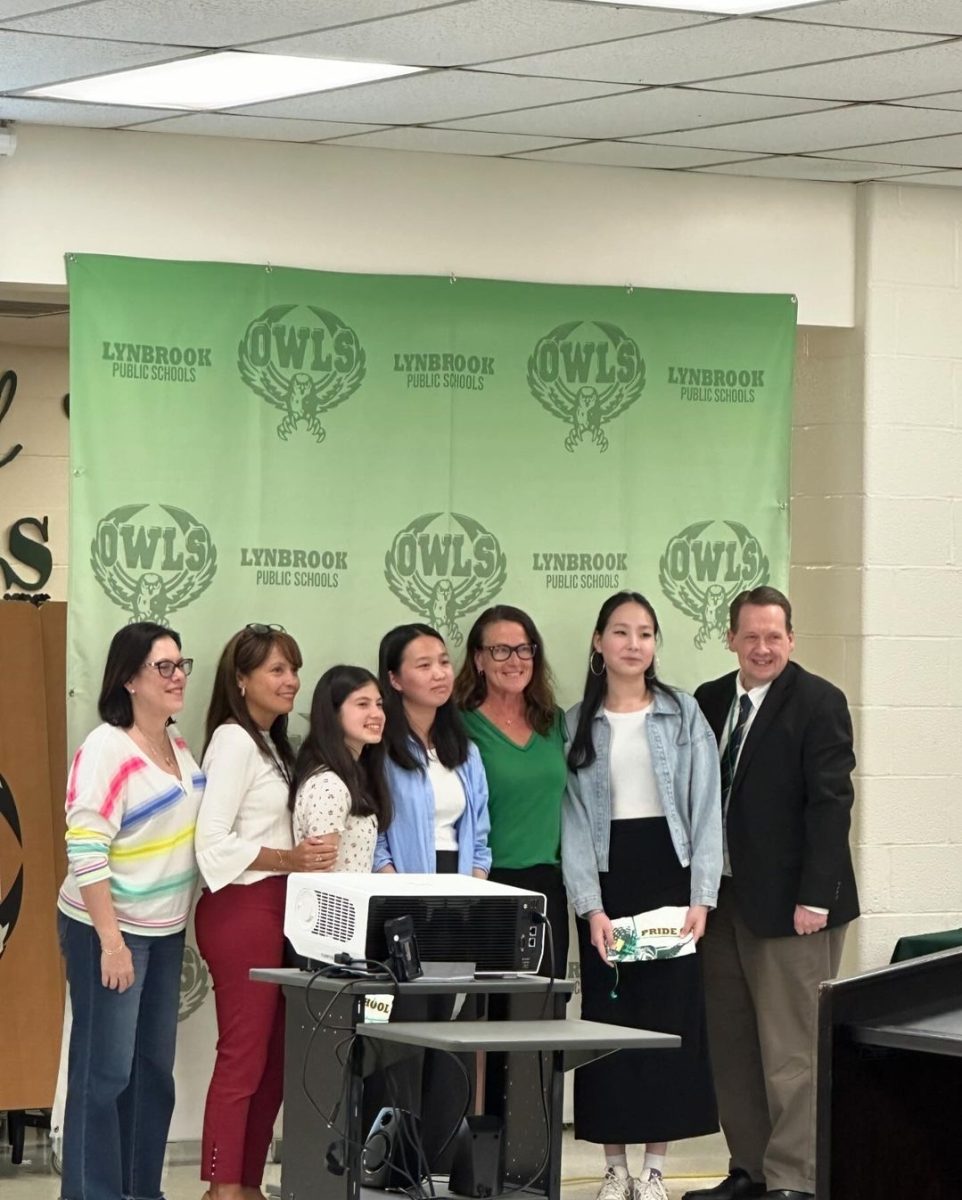Since the dawn of space exploration in the 1950s, countries worldwide have propelled thousands of rockets into the cosmos, transporting astronauts, rovers, lunar landers, and satellites into orbit. Amidst incredible achievements, a silent congregation of debris from decades of launches now populates the vast expanse of outer space, including remnants of defunct satellites and human waste scattered on the lunar surface. With national space programs setting their sights on Mars and revisiting the moon, the proliferation of space debris emerges as a potential concern for collisions and environmental harm, possibly escalating into a significant issue in the future.
Space junk encompasses any human-made debris or machine remnants lingering in space. This includes large objects such as dead satellites, whether they have malfunctioned prematurely or simply reached the end of their operational lives. Additionally, space junk may also refer to smaller fragments like bits of debris or paint shed from spacecraft, often due to the erosive effects of intense ultraviolet radiation.
In a PBS article entitled, “Why Trash in Space is a Major Problem with No Clear Fix” (PBS.org), it was reported that “Humans have left a lot of junk on the Moon, including spacecraft remains like rocket boosters from over 50 crashed landings, nearly 100 bags of human waste and miscellaneous objects like a feather, golf balls and boots. It adds up to around 200 tons of our trash.” Meanwhile, in Earth’s orbit, the situation is similarly concerning: while approximately 2,000 satellites are currently active, there are an alarming 3,000 dead satellites, along with 34,000 fragments of space debris larger than 10 centimeters and 128 million pieces larger than one millimeter.
As Earth’s orbit becomes more congested, protecting satellites becomes increasingly challenging. Collisions among space debris frequently occur, causing larger fragments to break into smaller, harder-to-detect pieces. There is a growing concern among experts that these collisions could lead to an exponential increase in space debris, posing a significant threat to the critical infrastructure supporting necessities like GPS, cellular communication, weather monitoring, and more, upon which billions depend.
The majority of the essential satellites are situated in an area known as the low Earth orbit, alongside a plethora of space debris. Objects within this region move at about 17,000 miles per hour, making it difficult to avoid collisions. NASA estimates that there are half a million smaller pieces of debris in space; even an object as small as a penny could disable a satellite, potentially terminating a multi-million-dollar mission or even splitting a satellite into more fragments, increasing the possibility of future collisions. As posted on the Natural History Museum website (NHM.ac.uk) in an article entitled “What Is Space Junk and Why Is It a problem?” it was reported that “25 debris avoidance maneuvers [have been performed] by the [International Space Station] since 1999.” In a concerning incident in 2021, the International Space Station was hit by fast-moving debris, leaving a hole in one of its robotic arms.
Aside from the immediate risk of collisions, space junk also poses significant environmental concerns, as it contributes to the pollution of Earth’s stratosphere. This pollution includes the deposition of vaporized metal from burned-up space debris, which directly impacts the stratosphere, an essential atmospheric layer housing the planet’s protective ozone shield. According to a report published in the Scientific American magazine (ScientificMagazine.com) on October 26, 2023, researchers conducted high-altitude research flights over Alaska and the Midwest, where they sampled stratospheric air using mass spectrometers. The scientists “discovered surprising amounts of many metals commonly used in rockets and satellites. The investigation revealed that the metals are accumulating within sulfuric acid particles, which constitute most of the stratosphere’s particulates and influence our world’s ozone layer and climate,” the article explains. This accumulation raises concerns about the permanent alteration of Earth’s delicate atmosphere, with possibly devastating environmental consequences.
In 2007, the United Nations established guidelines requiring satellites to be disposed of within 25 years of the completion of their missions. However, enforcing these guidelines can be challenging, given the likely probability for satellite failures. As a result, researchers worldwide have been exploring innovative solutions. For example, in 2018, Surrey Satellite Technology’s RemoveDEBRIS mission conducted experiments using a giant net to capture a satellite. Effective satellite tracking is essential for implementing such methods; however, it is notable that less than 10 percent of space debris is large enough to be tracked.
Researchers at the Department of Climate and Space Sciences and Engineering at the University of Michigan are using a novel approach to detect smaller pieces of space debris by looking for objects that reflect light or radar signals after a collision. In the article “Tracking Undetectable Space Junk” published on the Michigan Engineering website (engin.umuch.edu), it was reported that “After [the] initial [collision], charged solid pieces of debris fragments can create electric field pulses whenever they are close enough to each other, producing additional lightning-like bursts. These electric signals last for only a fraction of a second, but they could help track pieces of space debris and clouds of microscopic fragments that form when debris collides.”
Even as scientific methods are being developed to mitigate space debris already in orbit, decisions must be made prior to the launch of any mission. The solution is not to advocate for fewer satellite launches; satellites play a vital role in providing essential benefits to people worldwide. Whenever a private company or a country intends to deploy a satellite into space, there should be a clear plan for the end of the satellite’s operational life. In the case of objects in high geostationary orbit, this often entails maneuvering the satellite to a remote “graveyard” orbit. For objects orbiting closer to Earth’s surface, the approach should involve lowering their altitude further, ensuring they will eventually burn up upon reentry into the atmosphere.
Currently, space junk does not pose an imminent threat to the world’s space exploration endeavors. However, the concept of the Kessler syndrome, proposed by NASA scientist Donald Kessler in 1978, entails a potential catastrophic scenario: if space debris continues to accumulate, it could trigger a cascade of collisions, generating even more debris to the point where Earth’s orbit may become unusable. Earth’s orbit is important to help scientists study the planet. It is imperative to treat the orbit in such a way that it can be sustained, just like how Earth’s natural resources must be managed, ensuring that space exploration can thrive for generations to come. Addressing the issue of space debris requires global cooperation; no single nation can tackle it alone. Given that many powerful nations created this clutter, cooperation will be essential in clearing it.



































